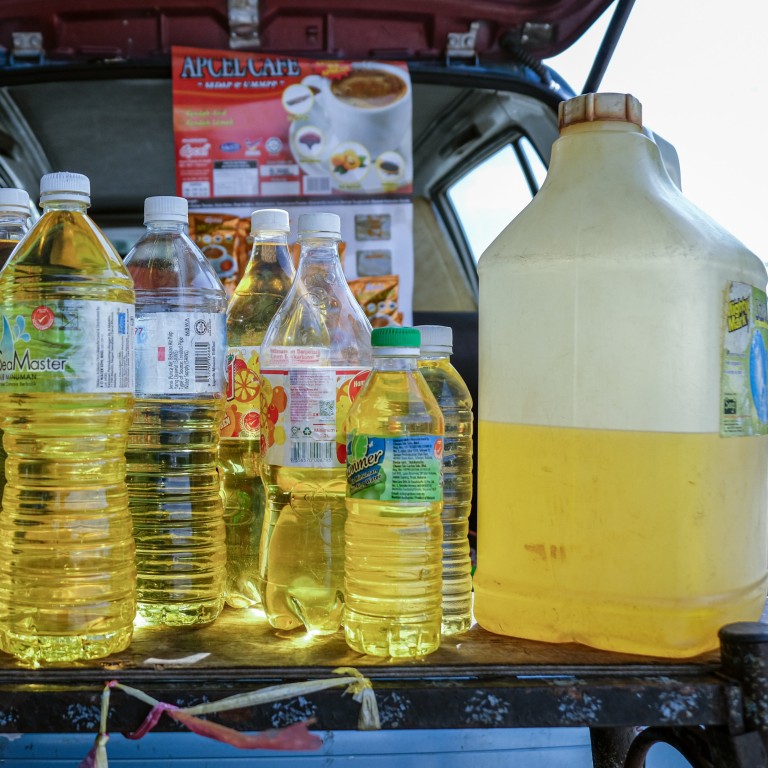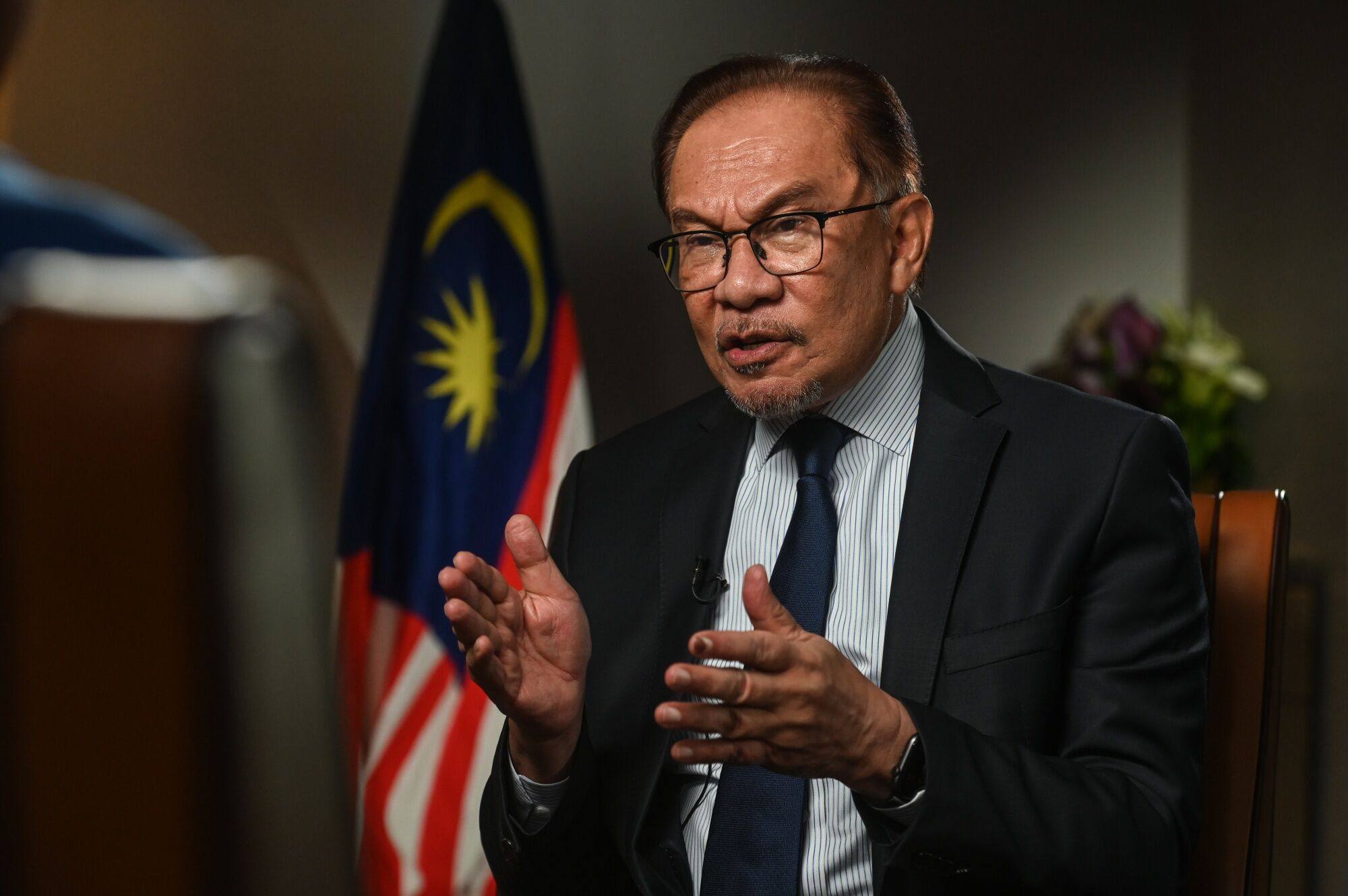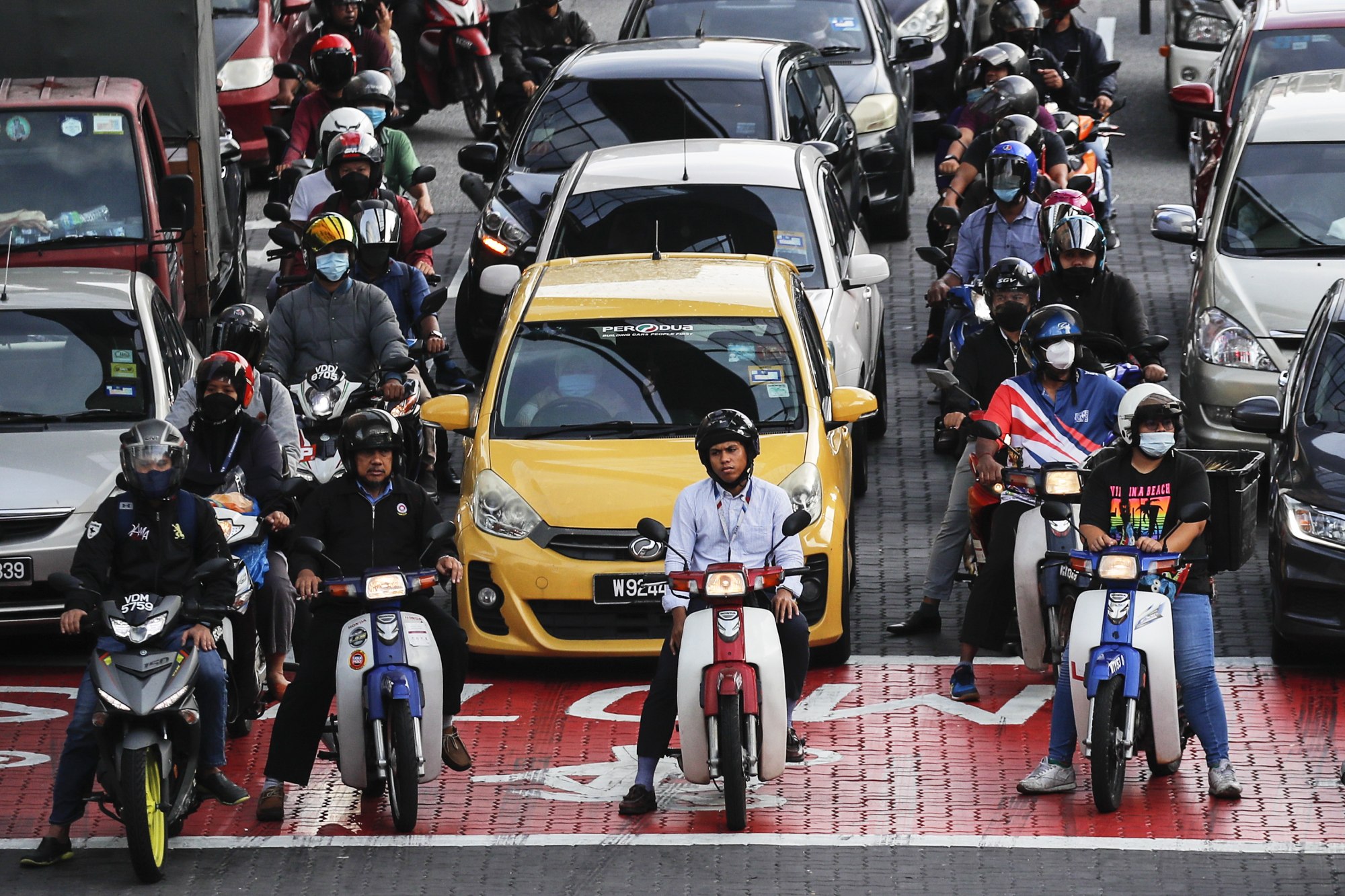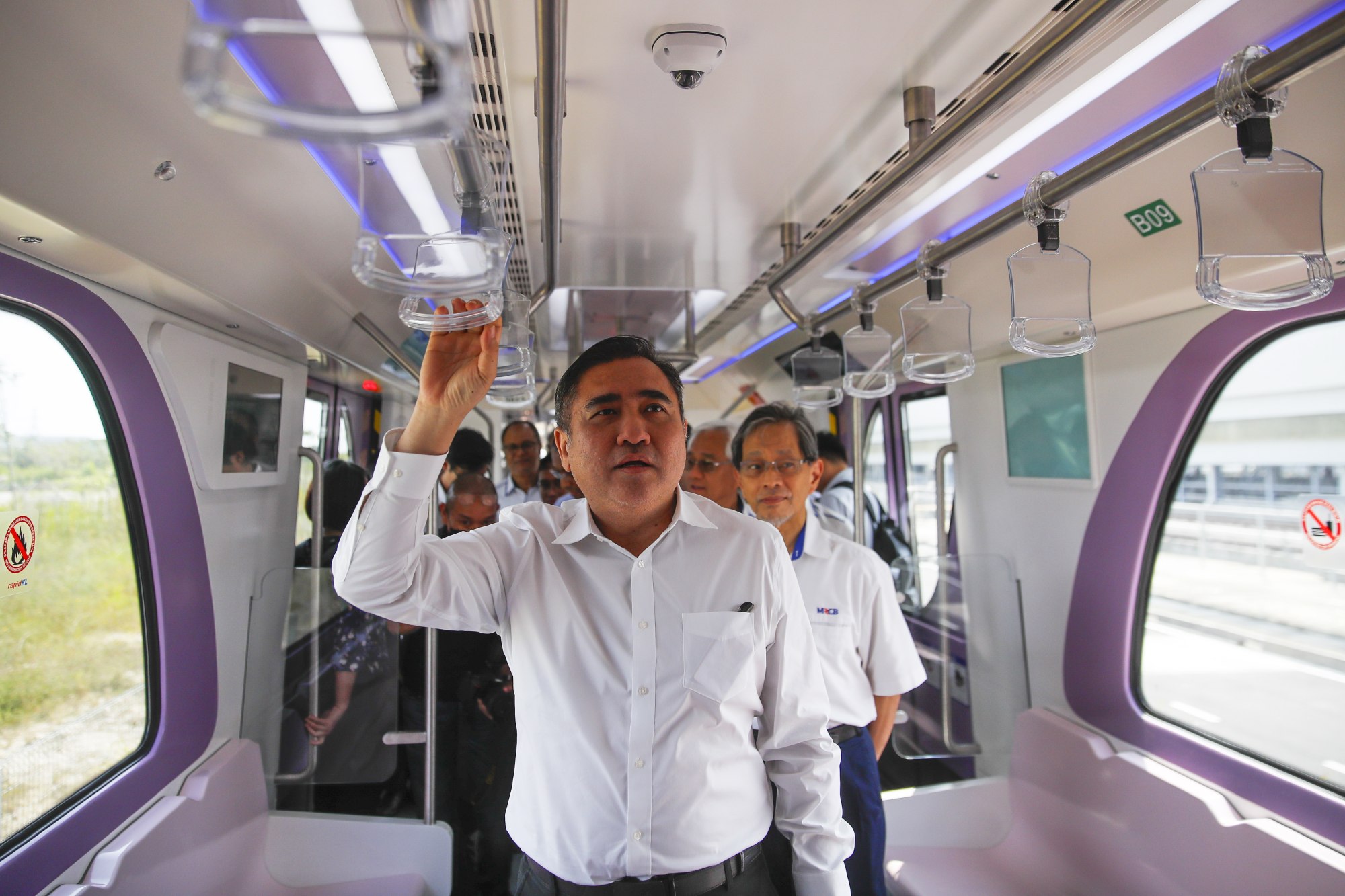
Malaysia plans for more targeted subsidies to help those in need, but will it miss the mark again?
- The government plans to implement a targeted subsidy system to help those who are truly in need of aid, but it runs the risk of becoming too complicated
- Normalising fuel prices will help correct market distortions caused by subsidies and free up funds for the government to focus on more productive efforts
Malaysia appears to have an expensive addiction to subsidies.
Just last week, Prime Minister Anwar Ibrahim declared that the government is expected to spend more than 81 billion ringgit (US$17.1 billion) this year alone to soak up whatever spike in living costs the public may face.
He argued that despite the astronomical projected cost, it is not something the government can afford to cut back on as sustained inflation leaves Malaysians grappling with surging prices of staple foods such as rice, chicken and eggs due to shortages of raw materials for chicken feed and El Nino-induced droughts.

The government believes the problem with the high subsidy bill is that they are applied broadly and enjoyed by everyone living in Malaysia, regardless of their level of wealth.
Their proposed solution – implement a targeted subsidy system to whittle down the number of recipients to only those who truly need direct cash aid.
Sounds like a plan.
The thing is, this means the government will then need to implement a system that is capable of identifying each and every person among the country’s 32 million population who qualifies for subsidies, and apply said subsidies when they buy their groceries or fill up on petrol.
The government has a ready repository of Malaysians who meet the threshold for various cash assistance programmes rolled out over the years.
But it’s one thing to just bank in money to a recipient’s account; it’s quite another when local business ecosystems will have to be roped in to get targeted subsidies up and running.
The more data points and parties involved in a system, the more complicated it becomes. And complicated systems tend to end up riddled with loopholes ripe for abuse by irresponsible actors.

How then should the government tackle the increasingly heavy subsidy burden?
The most obvious target that has been repeatedly pointed out by economists and analysts that study Malaysia, is pump prices.
Malaysians enjoy some of the cheapest fuel in the world. The country is ranked ninth in the world as at October 9 for cheap petrol, which is sold at US$0.434 a litre, according to retail fuel tracker GlobalPetrolPrices.com.
That is less than a third of the global average price of US$1.35 per litre, and not even half of the US$0.942 Indonesians pay for every litre of petrol.
Malaysia’s Anwar vows to ‘not burden the people’ with subsidy cuts
In 2022, Malaysia’s government spent 62 billion ringgit in total subsidies. Of that amount, 45 billion ringgit went to fuel subsidies, which covers the lower grade RON-95 petrol used by most Malaysians and diesel.
Fuel subsidies also expose the government to global fuel price shocks, which more often than not means forking out more money to keep pump prices under a certain ceiling.
Normalising fuel prices, although painful, is a necessary move to correct market distortions caused by subsidies and also free up much-needed funds for the government to focus on more productive efforts.
And it doesn’t have to happen all at once.
Pankajkumar Bipichandra, who heads the Datametrics Research and Information Centre, suggested at a recent webinar that the government could incrementally hike pump prices by 20 sen every month, for example, to eventually hit market rate within two years.

But subsidy rationalisation cannot be done without providing an out for those who may end up unable to afford private transport.
This is where the government must invest heavily in expanding public transport, especially beyond the affluent Klang Valley and to the rest of the country where some people have not even seen an LRT system in operation.
This also falls in line with the government’s pledge of achieving net-zero carbon emissions by 2050, and its energy transition plan towards renewable energy.
The question, however, is whether the government is willing to bite the bullet now and endure a few years of public discontent to pull the country out of its multibillion-dollar subsidy hole.

